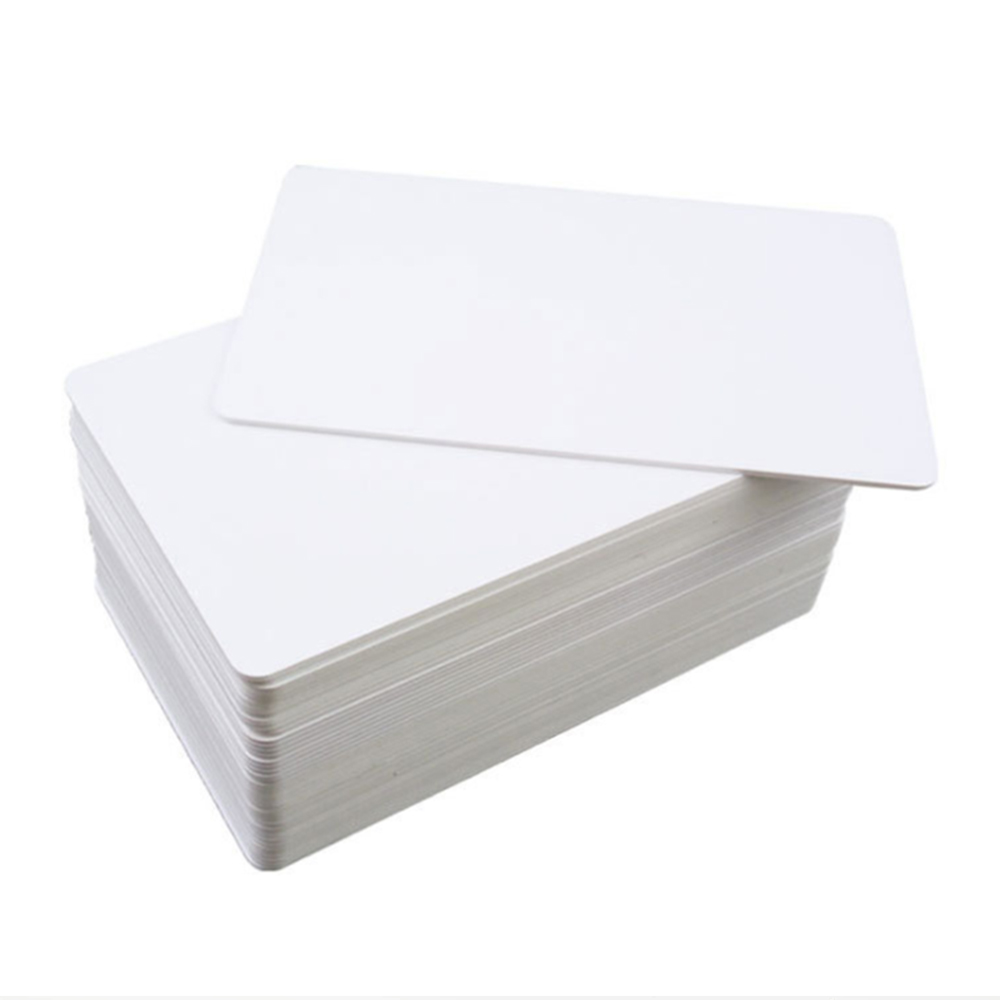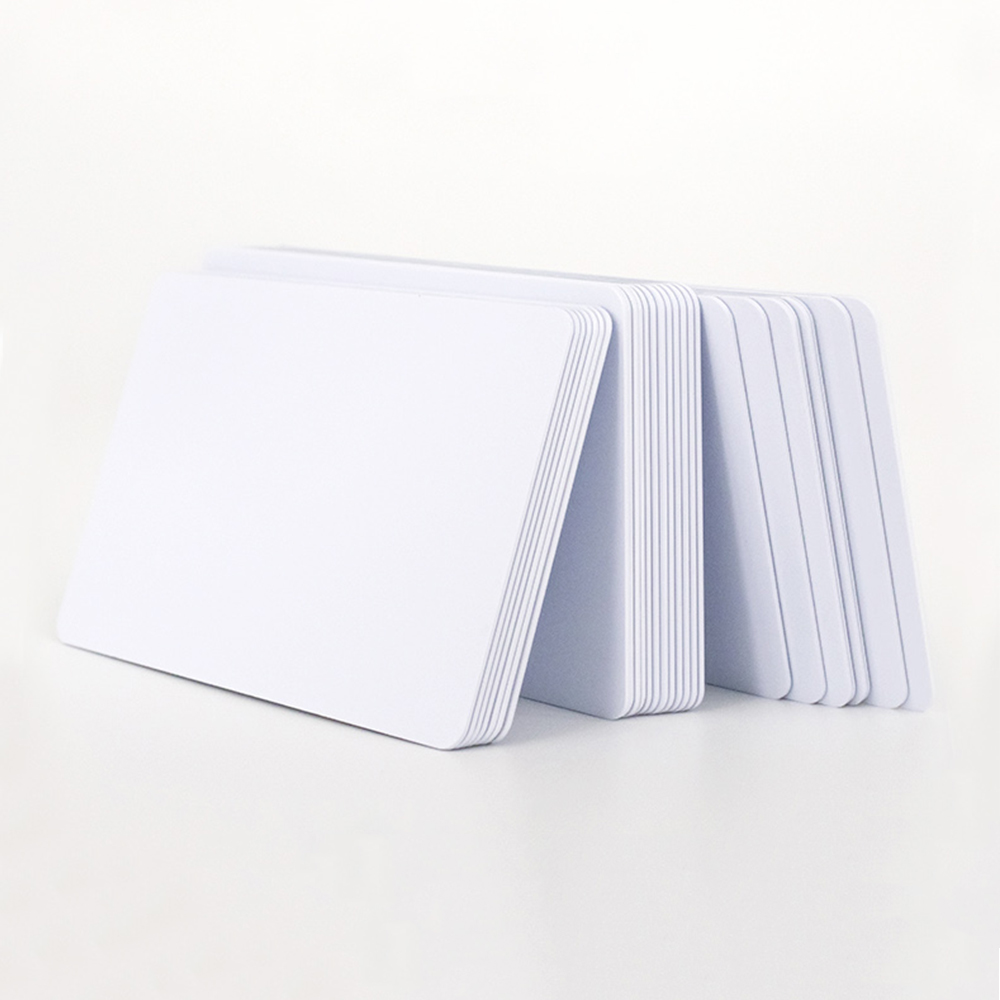How to Choose the Right RFID Technology for Your Business Needs

How to Choose the Right RFID Technology for Your Business Needs
In today's fast-paced business world, efficiency and accuracy are paramount. Radio Frequency Identification (RFID) technology has become a critical tool in helping businesses streamline their operations, enhance inventory management, and improve asset tracking. However, choosing the right RFID technology for your specific business needs can be overwhelming, given the wide range of options available.
This RFID selection guide will walk you through the essential factors to consider when selecting the best RFID technology for business. By understanding your unique requirements, you’ll be better positioned to make an informed decision that maximizes the benefits of RFID for your operations.
Table of Contents
- Introduction
- What is RFID Technology?
- Step 1: Identify Your Business Needs
- Step 2: Understand the Types of RFID Technology
- Step 3: Evaluate Performance and Scalability
- Step 4: Consider Cost and ROI
- Step 5: Choose a Reliable RFID Vendor
- Conclusion
What is RFID Technology?
Radio Frequency Identification (RFID) is a wireless technology that uses radio waves to identify objects, track assets, or manage inventory. RFID systems typically consist of three main components:
- RFID Tags – These small devices store data about the item they are attached to, including product information, location, or status.
- RFID Readers – These devices communicate with RFID tags to capture and transmit the data stored in them.
- Middleware and Software – The software processes the captured data to help businesses make decisions based on real-time insights.
By automating data collection, RFID technology reduces manual errors, increases efficiency, and enhances inventory accuracy, making it a powerful tool for businesses in various sectors.
Step 1: Identify Your Business Needs
The first step in how to choose RFID technology is identifying the specific challenges your business faces. Different RFID technologies are suited to different applications, so understanding your business goals is key. Consider the following:
- Asset Tracking: If you need to keep track of valuable equipment or assets, RFID can help by providing real-time data about the location and condition of items.
- Inventory Management: For businesses with large inventories, RFID can automate stock counting, improve accuracy, and prevent stockouts or overstocking.
- Supply Chain Optimization: RFID can streamline the movement of goods through your supply chain, improving tracking and reducing delays.
- Security and Anti-Theft: If security is a concern, RFID tags can help prevent theft by tracking high-value items or controlling access to restricted areas.
Once you’ve identified your business needs, you’ll have a clearer idea of the type of RFID system that will work best for you.
Step 2: Understand the Types of RFID Technology
There are different types of RFID technology available, each offering unique benefits depending on your requirements. Here’s a breakdown of the main types of RFID systems:
1. Low-Frequency (LF) RFID
- Frequency: 125 kHz to 134.2 kHz
- Range: Short (up to 10 cm)
- Advantages: LF RFID is ideal for applications where reading distances are short, such as access control or animal tracking.
- Best For: Asset tracking in small areas or environments with metal interference.
2. High-Frequency (HF) RFID
- Frequency: 13.56 MHz
- Range: Medium (up to 1 meter)
- Advantages: HF RFID is widely used in applications such as payment systems, library management, and inventory tracking. It offers a good balance between range and performance.
- Best For: Retail, library systems, and ticketing solutions.
3. Ultra-High-Frequency (UHF) RFID
- Frequency: 860 MHz to 960 MHz
- Range: Long (up to 12 meters)
- Advantages: UHF RFID offers long-range scanning capabilities, making it perfect for large-scale applications like inventory management, asset tracking, and supply chain logistics.
- Best For: Warehouse management, shipping and receiving, and large inventories.
4. Active RFID
- Frequency: Varies (e.g., 433 MHz, 915 MHz)
- Range: Long (up to 100 meters)
- Advantages: Active RFID tags are powered by batteries, allowing for longer ranges and more advanced features such as real-time tracking.
- Best For: Fleet management, high-value asset tracking, and real-time location systems.
5. Passive RFID
- Frequency: LF, HF, or UHF
- Range: Short to medium (up to 12 meters)
- Advantages: Passive RFID tags don’t require batteries, making them cost-effective and suitable for applications like inventory tracking, asset management, and access control.
- Best For: Retail, healthcare, and logistics.
Understanding these different RFID technologies will help you choose the best RFID technology for business based on factors like range, cost, and data requirements.
Step 3: Evaluate Performance and Scalability
Next, you’ll want to assess the performance and scalability of the RFID system. Consider the following factors:
- Data Transfer Speed: Some RFID technologies offer faster data transmission than others. For high-volume businesses, it’s important to choose a system that can handle large amounts of data quickly and efficiently.
- Read Rate: The number of tags the system can read simultaneously is crucial in environments with large quantities of items, such as warehouses or retail stores.
- Scalability: As your business grows, you may need to expand your RFID system. Choose a system that can scale to accommodate more tags, readers, and locations.
Scalability and performance will ensure that your RFID system can meet both your current needs and future growth.
Step 4: Consider Cost and ROI
While it’s tempting to choose the latest and most advanced RFID technology, it’s important to balance performance with cost. Passive RFID systems tend to be more affordable, while active RFID tags and systems offer advanced capabilities at a higher price.
Consider the long-term return on investment (ROI) that RFID will bring to your business. For example, the initial investment in RFID tags and readers may be offset by improvements in efficiency, reduced labor costs, and fewer stock-outs or overstocking situations. Weigh the upfront cost against the operational benefits and how it will impact your bottom line.
Step 5: Choose a Reliable RFID Vendor
Finally, choosing the right RFID vendor is crucial. Look for companies that offer high-quality products, excellent customer service, and experience in your industry. A reliable vendor can help with installation, troubleshooting, and ensuring that the system works effectively in your specific business environment.
Conclusion
Choosing the right RFID technology for your business is a decision that requires careful consideration of your specific needs, the type of RFID technology available, performance requirements, and cost. By following this RFID selection guide, you can ensure that you choose the best RFID technology for business that aligns with your operational goals and budget.
Whether you’re looking to improve inventory management, streamline your supply chain, or enhance asset tracking, the right RFID solution can help your business run more efficiently and effectively, ultimately contributing to your success.
Related Products
Here are some relevant stats and facts to support the article:
-
Global RFID Market Growth:
The global RFID market was valued at $13.9 billion in 2022 and is projected to reach $40.9 billion by 2030, growing at a compound annual growth rate (CAGR) of 14.3% during the forecast period from 2023 to 2030. This highlights the increasing adoption of RFID technology across industries worldwide. (Source: Grand View Research) -
RFID Adoption in Retail:
According to a report by Zebra Technologies, 75% of retail businesses are already using RFID technology to improve inventory management and customer experience. This statistic demonstrates RFID’s essential role in enhancing operational efficiency in the retail sector. -
Inventory Accuracy:
RFID technology can improve inventory accuracy by up to 99%. A study by the University of Arkansas found that retailers using RFID for inventory management experienced a 15% increase in inventory accuracy, which directly impacts customer satisfaction and operational efficiency. -
Reduction in Stockouts:
RFID technology helps businesses reduce stockouts by as much as 30%. Improved inventory visibility ensures that businesses are better prepared to meet demand and avoid lost sales due to product unavailability. -
Cost Savings in Supply Chain:
According to the International Journal of Logistics Management, businesses using RFID for supply chain management can achieve cost savings of 20-30% by reducing inventory carrying costs and improving supply chain efficiency. -
RFID in Healthcare:
RFID is transforming healthcare, with 80% of hospitals in the U.S. using RFID technology for asset management, according to AIDC. RFID helps track critical medical equipment and medication, reducing losses and improving patient care. -
RFID’s Role in Manufacturing:
A report by PWC states that 83% of manufacturing companies are using RFID to track assets and monitor production lines. RFID enables real-time data capture, improving manufacturing workflows and reducing downtime. -
Battery Life of Active RFID Tags:
Active RFID tags typically have a battery life of 3 to 5 years, depending on the usage and environment. This extended battery life makes them ideal for high-value asset tracking and real-time location systems.



